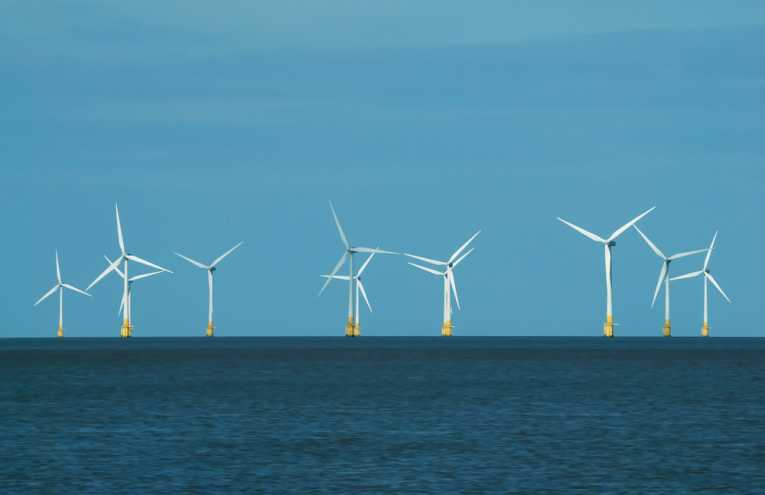One of the most exciting projects to enhance European energy security and reduce the effects of climate change is the Supergrid. This is a huge, complex project overseen by the EU which is looking to incorporate large amounts of renewable power into the electricity grid by 2050.
The project relies on co-operation by many European states using existing technology to create a stable grid which can support much more renewable power than at present and distribute it effectively.
Existing Technology
The beauty of the supergrid concept is that it is not "Blue Sky Thinking" or new technology that might not work, but utilises developments that are well-proven, particularly High Voltage DC (HVDC) wires, instead of AC - which has large transmission losses and therefore is not suitable for moving power long distances.
For example, when the Supergrid is available if there is no wind in the Mediterranean and Italy is short of power, surplus hydro-power from Norway could be routed to Italy. Conversely, if Southern Europe is very sunny, and photovoltaic panels and concentrating solar power (CSP) have generated more power than is needed, it could be sent throughout the Supergrid to where it is needed.
Potential Problems
As this is a huge project encompassing many countries, the question remains, is the supply chain sufficiently strong and flexible to build up the infrastructure? This is what umbrella group, Friends of the Supergrid's latest report aims to answer.
Wikipedia defines the supply chain as: "A supply chain is a system of organizations, people, technology, activities, information and resources involved in moving a product or service from supplier to customer. Supply chain activities transform natural resources, raw materials and components into a finished product that is delivered to the end customer."
A large part of the first stages of the Supergrid is expected to be offshore wind. In the North Sea, for example, there are many potential customers if grids were not just connected to the nearest country, but others in the vicinity. Ton Geul, from Visser and Smit Marine Contracting, lead author of a recent report on the Supergrid supply chain, says, "Are there any major problems? No. There are areas which need specific attention but there are no fundamental problems the supply chain cannot cope with."
To make this vision a reality, cables will be needed, both onshore and offshore, nodes to connect grids together, and a plethora of technical services, as well as regulatory and financial structures to ensure that everything works together successfully from an economic point of view.
The report concludes that the global supply chain engaged in electrical interconnection is already making the necessary investment for the creation of the first legs of a pan-European electricity transmission network, or Supergrid.
Employment opportunities
Though the report does not go into great detail, it would be expected that such a large project would create many employment opportunities. A considerable number of those jobs would be long-term and highly skilled. The report notes that development and deployment of renewable technologies throughout Europe has already created 200,000 jobs of various levels of expertise. The Supergrid would create many more.
EWEA, the European Wind Energy Association calculates in its recent report, Green Growth, that by 2030 the renewable energy industry will have created 800,000 new jobs. Ton Geul says, "From all that we see the renewable energy sector has significant high employment opportunities. Renewables are the reality of today and they will be an important employer in the future."










